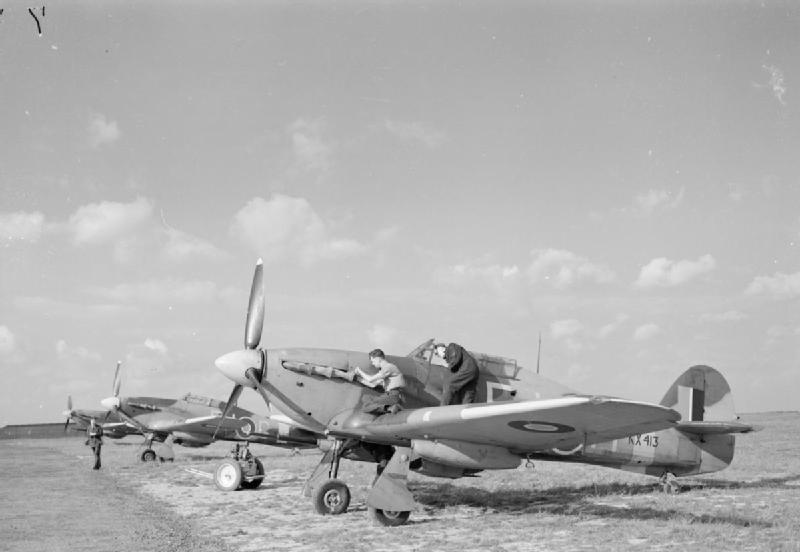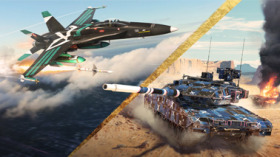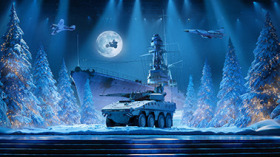
- For PC
- For MAC
- For Linux
- OS: Windows 10 (64 bit)
- Processor: Dual-Core 2.2 GHz
- Memory: 4GB
- Video Card: DirectX 11 level video card: AMD Radeon 77XX / NVIDIA GeForce GTX 660. The minimum supported resolution for the game is 720p.
- Network: Broadband Internet connection
- Hard Drive: 22.1 GB (Minimal client)
- OS: Windows 10/11 (64 bit)
- Processor: Intel Core i5 or Ryzen 5 3600 and better
- Memory: 16 GB and more
- Video Card: DirectX 11 level video card or higher and drivers: Nvidia GeForce 1060 and higher, Radeon RX 570 and higher
- Network: Broadband Internet connection
- Hard Drive: 62.2 GB (Full client)
- OS: Mac OS Big Sur 11.0 or newer
- Processor: Core i5, minimum 2.2GHz (Intel Xeon is not supported)
- Memory: 6 GB
- Video Card: Intel Iris Pro 5200 (Mac), or analog from AMD/Nvidia for Mac. Minimum supported resolution for the game is 720p with Metal support.
- Network: Broadband Internet connection
- Hard Drive: 22.1 GB (Minimal client)
- OS: Mac OS Big Sur 11.0 or newer
- Processor: Core i7 (Intel Xeon is not supported)
- Memory: 8 GB
- Video Card: Radeon Vega II or higher with Metal support.
- Network: Broadband Internet connection
- Hard Drive: 62.2 GB (Full client)
- OS: Most modern 64bit Linux distributions
- Processor: Dual-Core 2.4 GHz
- Memory: 4 GB
- Video Card: NVIDIA 660 with latest proprietary drivers (not older than 6 months) / similar AMD with latest proprietary drivers (not older than 6 months; the minimum supported resolution for the game is 720p) with Vulkan support.
- Network: Broadband Internet connection
- Hard Drive: 22.1 GB (Minimal client)
- OS: Ubuntu 20.04 64bit
- Processor: Intel Core i7
- Memory: 16 GB
- Video Card: NVIDIA 1060 with latest proprietary drivers (not older than 6 months) / similar AMD (Radeon RX 570) with latest proprietary drivers (not older than 6 months) with Vulkan support.
- Network: Broadband Internet connection
- Hard Drive: 62.2 GB (Full client)

Three 164 Squadron Hurricane Mk IV’s undergoing Maintenance at Middle Wallop
From April 8th 15:00 GMT to April 9th 15:00 GMT
30% discount for purchase of
Hurricanes Mk I and Mk II, Typhoon Mk Ia, Spitfire Mk Vb
"Firmes Volamos" was the motto of the squadron that stands for "Firm we fly".
Almost 800 Argentinian volunteers flew with the Royal Air Force in WWII.
History would suggest that Argentina remained neutral for the duration of the war, but beyond the official stance, around 600 Argentinians, mostly children of British background, decided to leave their neutrality behind and fight against the axis power, either enlisting for the RAF or the Canadian Air Force ( RCAF ). They flew in company with British, Polish, Canadians and many others who also bore the British flag, to defend the homeland of their forefather.
On April 6th, 1942, 164 squadron RAF was established in Peterhead, Aberdeenshire as a fighter squadron, and obtained operational status in early May with assignments of Supermarine Spitfire Mk Va's, using the code of 'FJ' as their squad decal. On May 5th of that year, he was transferred to Skeabrae, Orkney to return to Peterhead on 10th September but this time with the Spitfire Mk Vb.
On January 29th, 1943 the 164th was transferred to Fairwood Common, Glamorganshire with Spitfires, but the 8th of the following month, was converted into an attack unit and was transferred to Middle Wallop, Hampshire. Here, their Spitfires were replaced by the 'Hawker Hurricane' Mk IV, and they began the necessary training for the new role of attack.
In June 1943, the 164th began to operate against enemy shipping and coastal German targets. With the Hurricanes, the 164th flew from Warmwell, Dorset (20th June 43) and Manston, Kent until September 22 where the moved to Fairlop in Essex. In January 1944 they received the Hawker 'Typhoon' Mk Ib, which proved to be faster and more robust, as well as housing better armament than the Hurricanes. By the 8th of March, the squadron spent a short time in Acklington, Northumberland, where they remained for just nine days. Soon after, the squad was transferred to Thorney Island, Hampshire.

On June 6, in Sussex, Funtington, command of the Squadron was given to their new Leader, Ian Waddy, who on the 22nd was moved to Hurn, Hampshire. Using rockets and cannons from the Typhoon, The 164th combat sorties took numerous sites, including communications, radar stations, and supply lines, among others as a prelude to the invasion of mainland Europe, which then triggered the famous Normandy operation.
After supporting landing operations during D-Day and following operations in southern England, on July 17, the squadron transferred to it´s first seat in French territory in one of the "Advanced Landing Grounds" or "ALGs" British B.8 in Sommervieu (semi prepared track 1200 x 40 meters) and four days later passed to B.7 in Martragny.
During this period, 164 continued its mission of close air support against armoured units in Germany and after breaking the front, continued to provide services in support of Army Group 21 through northern France and Belgium operating as part of 136th Wing, of 84th Group of the Second Tactical Air Force (2TAF) commanded by AVM Arthur Coningham.
On December 12th, 1944, the squadron left the area of 123rd Wing and returned to England, arriving at Fairwood Common airfield in Glamorganshire, with its Hawker Typhoon Mk Ib, but did not remain in England for a very long and just after Christmas, would be transferred back to mainland Europe, ALG B.77 Gilze Rijen, its first posting in Germany under allied control. This happened by December 26th.
On March 21st, 1945, the 164th Squadron was transferred to airfield 'B.91' Kluis, near Nijmegen, under the command of Squadron Leader PL Bateman-Jones, who had taken over the 164th squadron in January of that year.
On 9th April, during a mission to attack German artillery positions, the enemy reached AAA S / L Bateman-Jones commanded by Typhoon 'SW523'. With severe damage, He attempted to land the plane at airfield B.88 in Heesh, but failed to do so and died in the crash
During the last months of the war, the squadron went on to serve in reconnaissance and air interdiction, stalking, guarding armoured transport. After the surrender of Germany, the unit was withdrawn to Britain, and newly based in Turnhouse, Mid Lothian where its flight code UB FJ changed and was re-equipped with the Supermarine Spitfire IX from 453th Squadron. On August 31st, 1946, the squad was restructured, changing its name to the number 63 Squadron.
War Thunder Team



